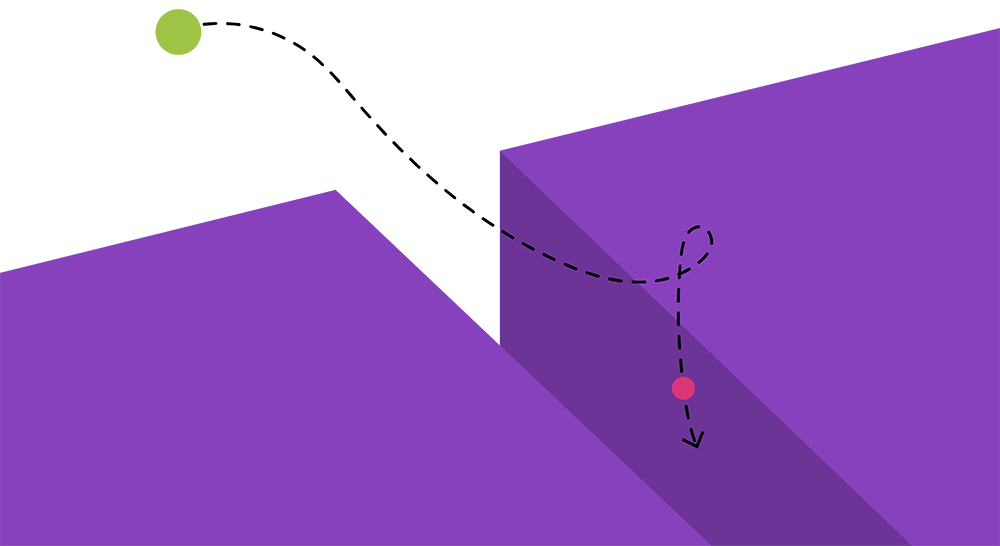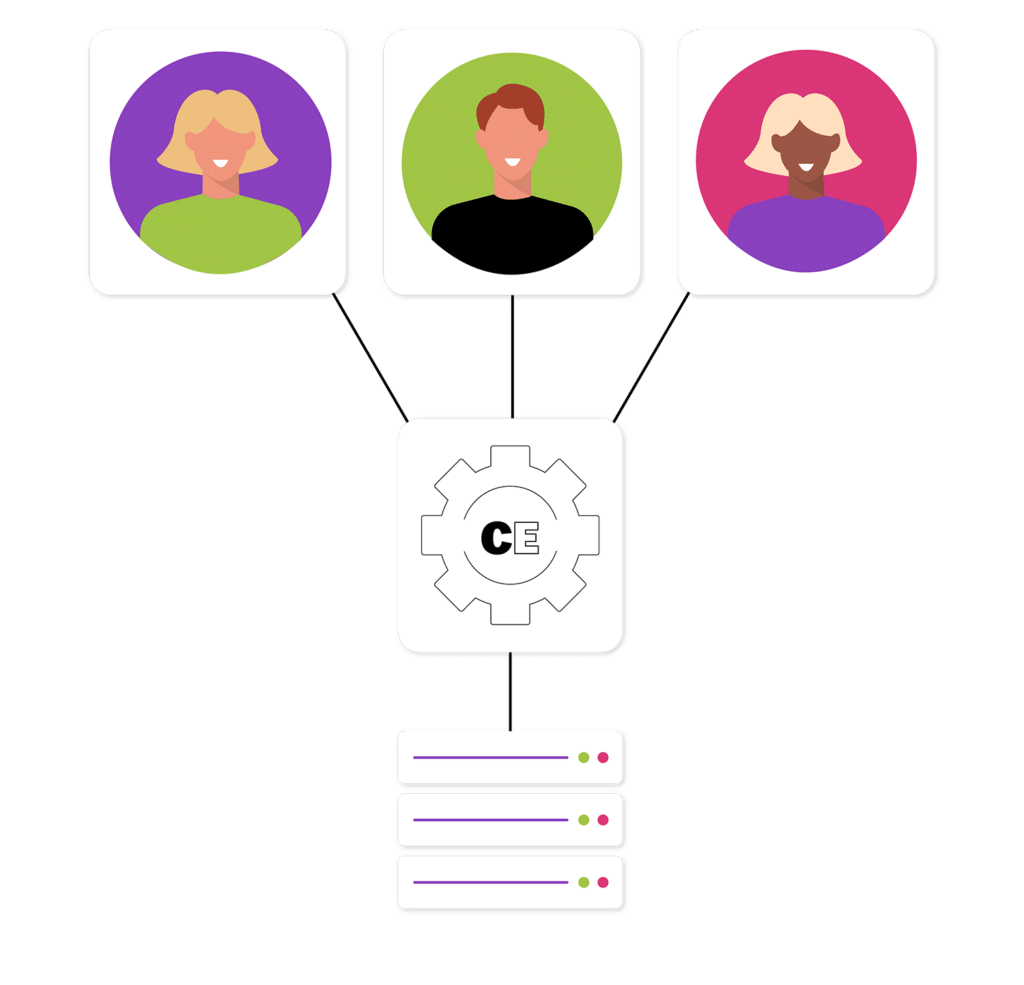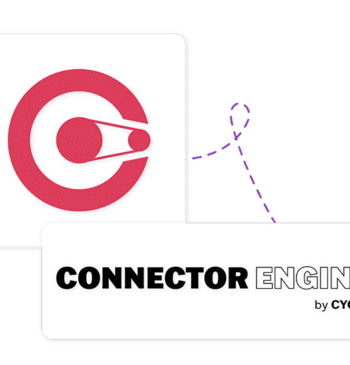15 Mar

…
As a digital marketing services company, you could be providing one of an absolute plethora of services to your clients. More likely than not those services require data. It is also highly likely that the data requires movement, or amalgamation, across two or more of your client’s systems to enable your work.
So, who has responsibility for that data automation or data integration? Is it you the marketing services provider or is it your client? Perhaps it is a bit of both? This means your client data automation can definitely fall into a ‘gap’.
What is the current data automation scenario for digital marketing services?
We often see the scenario where the digital marketing services business ‘builds’ the integration for the client on systems/applications owned (and maintained) by the client. So whose responsibility is it for the maintenance and updating of the integration? It was built as a ‘one-off’ and exists in the client’s environment. The data flows through systems/applications owned (and maintained by the client). Who is monitoring it? What happens when something breaks? Who is developing and extending it?
As a result of these grey areas, automation maintenance can fall into a bit of a grey area. The digital marketing service provider had the knowledge to build the automation – however, they lack the access to maintain and monitor the automation.
A solution is to deploy a multi-tenanted integration platform (‘iPaaS’) such as ConnectorEngine.
What is multi-tenancy?
Multi-tenancy is a methodology where multiple independent instances, or tenants, operate in a shared environment. These tenants are isolated but physically integrated into the same system.
This means a multi-tenanted iPaaS can enable a digital marketing service provider to have a ‘single pane of glass’ in which each client can have an integration/automation flow account.

What do we mean by a multi-tenanted iPaaS?
Using a multi-tenanted iPaaS means a marketing service provider can build, maintain and extend the automation flows on behalf of their clients.
The grey area we previously mentioned is therefore eradicated. This is because the digital service provider can turn what was once a ‘build, go away, return when broken’ approach into a managed service proposition.
Furthermore, this can result in an efficiently managed service proposition where the multi-tenanted iPaaS enables a more agile and responsive approach to automation builds. As well as a clear control environment for the maintenance and monitoring of the builds into the future.
Not only can such an approach provide a proactive monitoring response to prevent things ‘breaking’ (or to manage them expediently if/when they do). But it can also provide a new revenue opportunity for the digital marketing service provider and create a stickier relationship with the client.
All of this, of course, needs to be secure and you should be looking for your multi-tenanted iPaaS vendor to be both GDPR and SOC2 Level II compliant as well as a choice of geographic hosting centres to maintain client data sovereignty.
Do these marketing data automation issues ring a bell with you?
The ConnectorEngine team would be delighted to take you through a no-commitment overview of how the ConnectorEngine product could help you overcome these challenges.
Get in touch with us today.


